Every project manager who integrates drones into their work processes must answer this question: How do you define the success of your drone program?
 How do time savings, safety increases, reductions in workforce, and other factors play into the success story? What metrics and benchmarks should be used to accurately define the value of adding uncrewed systems? How can you justify the investment of time, money, and personnel to your managers and customers?
How do time savings, safety increases, reductions in workforce, and other factors play into the success story? What metrics and benchmarks should be used to accurately define the value of adding uncrewed systems? How can you justify the investment of time, money, and personnel to your managers and customers?
To help answer these questions, Commercial UAV Expo 2025 will present Defining Drone Program Success, a comprehensive session that draws on the experiences of drone industry leaders to help project managers better understand the value of their efforts. Using unique case studies, presenters will show what it means to establish clear objectives and key performance indicators (KPIs), how to align drone program goals with a larger organizational strategy, ways of identifying and mitigating risks to program success, and more.
The session will be comprised of two presentations: “Use of UAV’s for Energy Infrastructure Monitoring and Engineering Decision Making in the Alaskan Arctic,” moderated by Antoine Tissier, Drone Operations Manager at Clayco, and “Elevating Decision Making: Capturing High-Definition Spatial Intelligibility in the Grand Canyon,” moderated by HDR’s Carlos Femmer.
Drawing lessons from these use cases, the session participants will learn how to identify and define success criteria for their drone programs. “I hope attendees walk away with some clear nuggets for defining, tracking, and providing drone-program success—grounded in field-tested best practices and ready to elevate their own operations from experimental to indispensable,” Femmer said.
Building on Femmer’s remarks, Tissier reported that the session will address issues such as training, hardware and software cost, insurance, liability, employee workload, the challenges of moving from a drone program to a data program, and how to navigate airspaces, authorizations, waivers and future updates to the drone regulation like the Part 108.
Working through these issues will help program managers find better ways to identify the value of their drone programs, but Tissier said that the process can be a long one. “You won’t revolutionize your entire technology process overnight,” he asserted. “It takes time, so start with small positive wins that gives ROI and show people how drones can help them, and grow from that step by step with more drones, more training, bigger equipment, etc.”
Still, both Femmer and Tissier hope their session will give attendees actionable insights into the value of their drone programs, but also inspire them to learn more about the UAV industry and take their efforts to new levels. “Each fall, the Commercial UAV Expo turns Las Vegas into a one-stop hub for the whole drone ecosystem—regulators, manufacturers, and enterprise users all in one place,” Femmer stated. “The real value, though, comes from the candid case studies and laid-back hallway chats with folks pushing drones, AI, IoT, and geomatics tech—exactly where the next big project ideas tend to spark.”
Tissier agreed that Commercial UAV Expo offers a great opportunity for learning more about the industry and improving your drone program. “By meeting other people from the industry in Vegas, we can all share lessons learned to avoid re-doing the same mistakes and all progress faster and safer in a constructive way,” he said. “It’s the opportunity to accelerate development of your drone program by answering many of your questions and dissipating many of your doubts in a short period of time, saving many hours of meetings and future trial and errors.”
Click here to learn more about the Defining Drone Program Success session at Commercial UAV Expo.





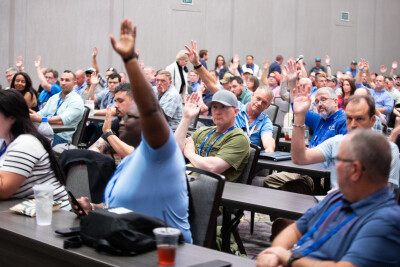

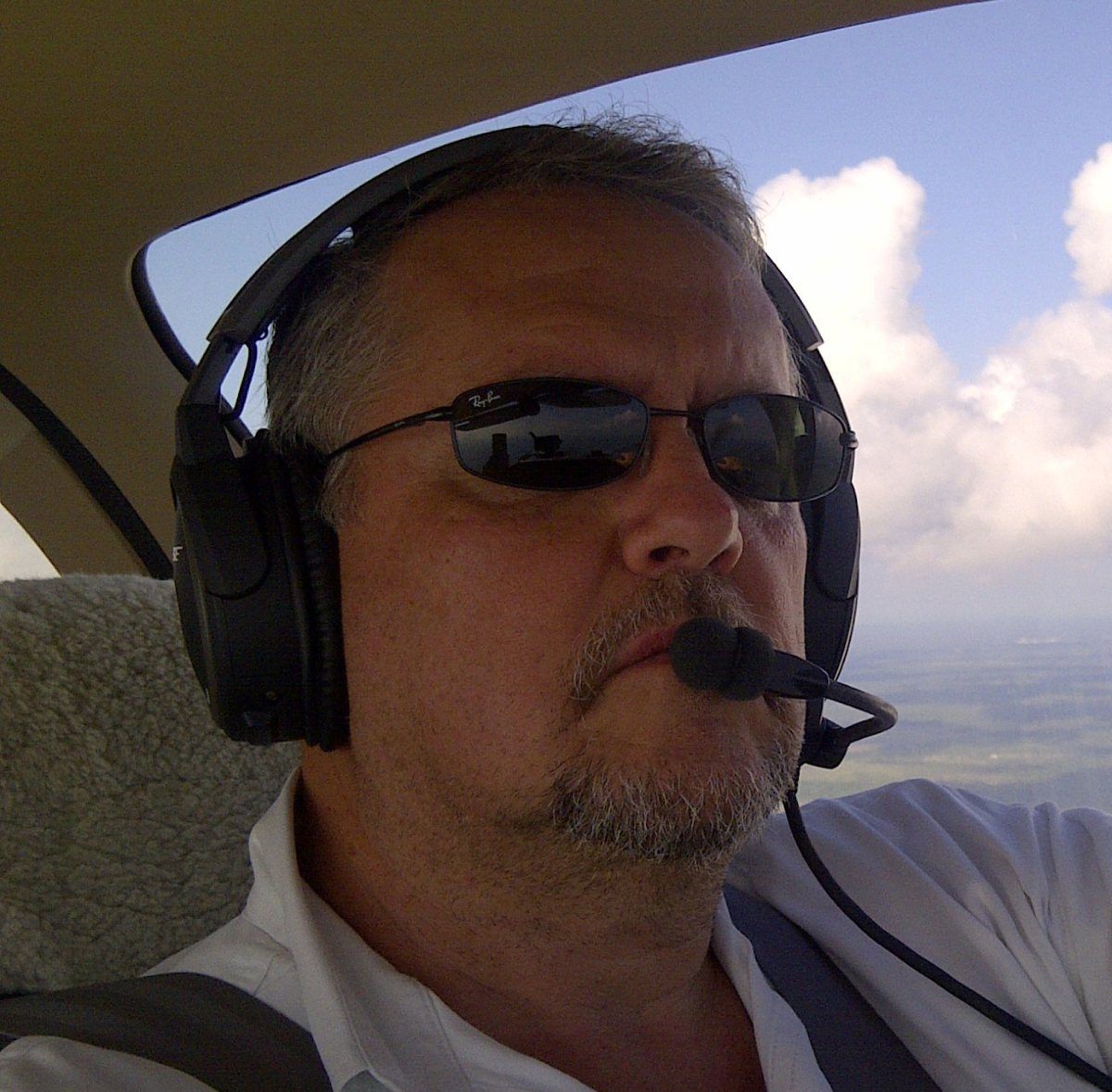




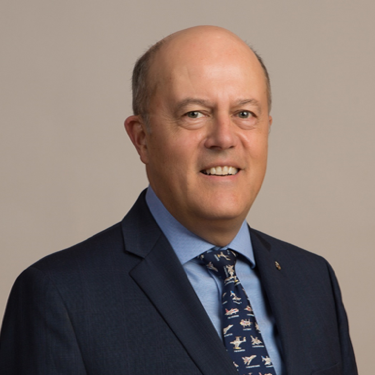
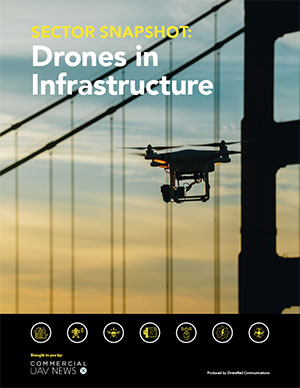
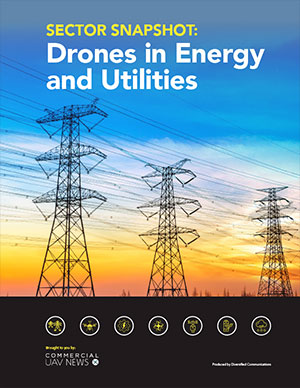

Comments